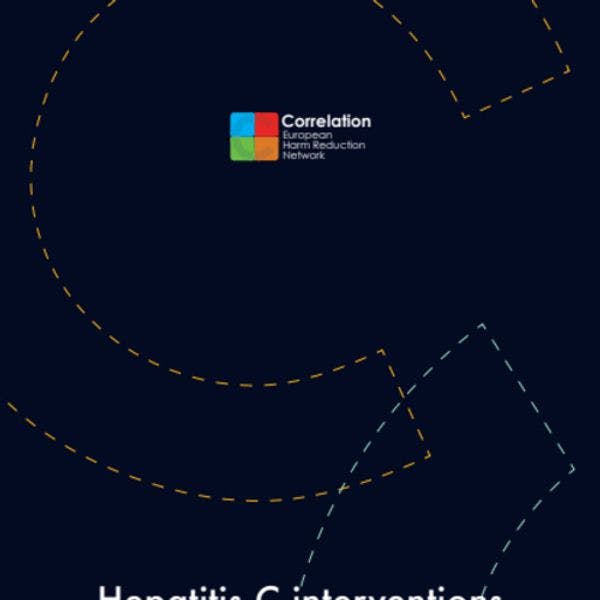Intervenciones contra la hepatitis C por parte de organizaciones que prestan servicios de reducción de daños en Europa: análisis y ejemplos
La organización Correlation comparte ejemplos de buenas prácticas en el campo de la sensibilización, las pruebas de diagnóstico, el acceso al tratamiento y la atención del VHC entre las personas que usan drogas en entornos comunitarios y de reducción de daños. Más información, en inglés, está disponible abajo.
Injecting drug use is reported to be a main route of HCV transmission in Europe. Among the cases in 2017 for which information on the transmission mode is available, injecting drug use was reported as the likely cause for 40% of acute cases and 55% of chronic cases.
Although harm reduction programmes and treatment with new DAA’s (direct-acting antivirals) may have contributed to reducing transmission in many countries, people who inject drugs (PWID) are disproportionately affected by HCV. While the seroprevalence rates among the general population vary considerably among European Union (EU) member states from under 5 to over 15 cases per 100,000 of the general population, in PWID the latest estimates range from between 15% (in the Czech Republic) to 82% (in Estonia). Eight out of the 14 EU countries with national data reported a rate of over 50% in 2016-17.
Despite this reality, less than half of countries in the WHO European region had a national HCV strategy and/or action plan in 2018, with even fewer including PWID. Although this number represents a slight increase when compared to the situation in 2013, strategic action is still needed to increase access to HCV treatment for this target group.
